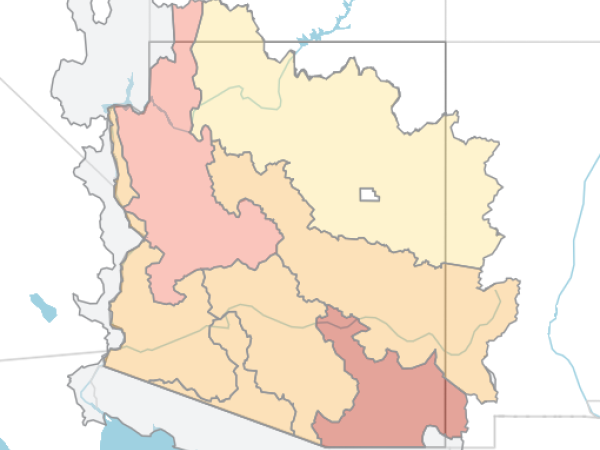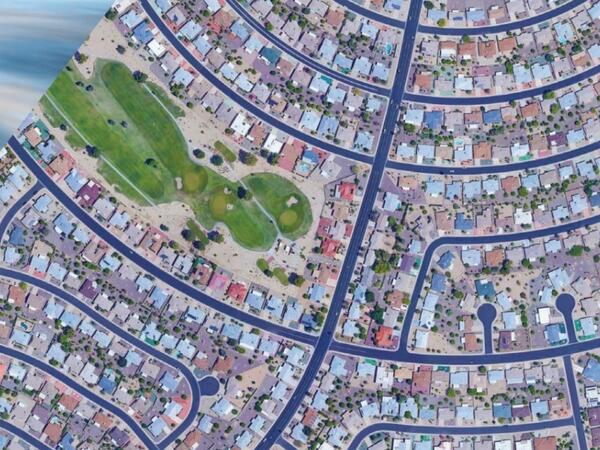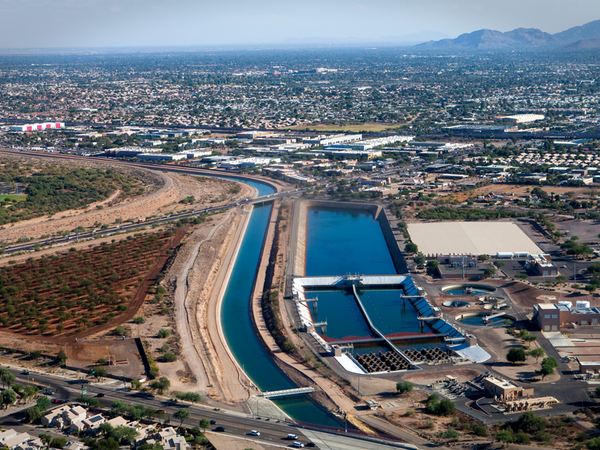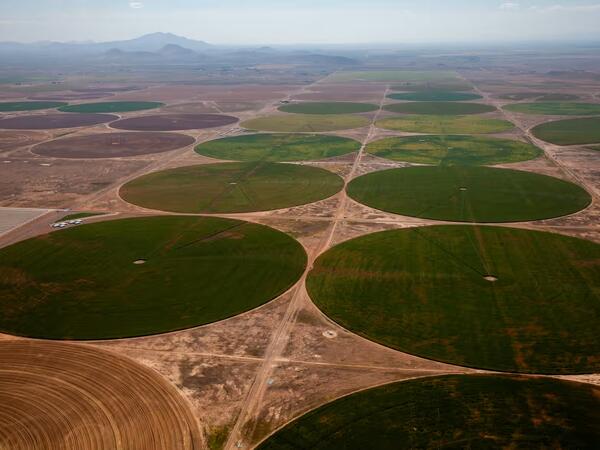Tools

AZ Groundwater Dashboard
The Arizona Groundwater Dashboard provides insights into the state's groundwater basins based on data collected from the Arizona Department of Water Resources.
Fact sheets
Research and policy briefs

How Arizona Municipal Water Providers Are Regulating Large-Volume Water Users
Recognizing the need to manage water supplies sustainably and cognizant of public concerns about long-term availability, at least nine large municipal water providers in Arizona have passed ordinances imposing…

Research brief: Declining freshwater availability in the Colorado River Basin threatens sustainability of its critical groundwater supplies
The Colorado River Basin, a crucial water source for several U.S. states and Mexico, is facing a severe and ongoing decrease in freshwater – both surface and groundwater. This decline is mainly due to the changing…

More Elusive Than Ever: Arizona’s Assured Water Supply Protections Under Colorado River Shortages and Groundwater Scarcity
In the state's most urban areas, Arizona's Groundwater Management Act prohibits the sale of subdivision lots that lack a 100-year assured water supply. Allowing groundwater to qualify as an assured supply conflicts with…

Exploratory Scenario Planning for Water Resilient Agriculture
In September 2023, the Babbitt Center, with our partners at the Arizona Water Innovation Initiative at ASU and Lincoln Institute’s Consortium for Scenario Planning, brought together farmers, ranchers, residents,…

Groundwater Protection in the Valley of the Sun
Sustainable water management is essential in the Valley of the Sun, underpinning public health, economic vitality and quality of life in our desert cities. Underneath the Valley sits an enormous aquifer containing enough…

The Myth of Safe-Yield
As Central Arizona Project water becomes less available, central Arizona will be forced to rely more and more on groundwater, increasing the urgency to better manage it as a savings account for a drier future. The goal of…
Newsletters
Interested in keeping up with our events, news, and resources? Sign up for our newsletter today!
Sign up